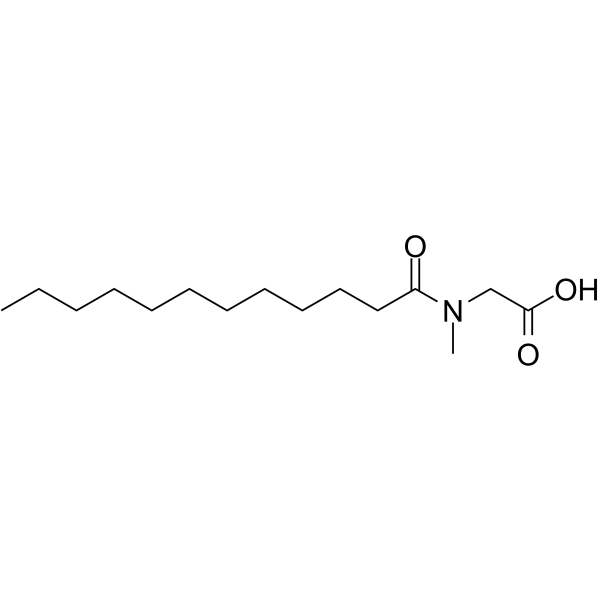| Structure | Name/CAS No. | Articles |
|---|---|---|
 |
Hydrochloric acid
CAS:7647-01-0 |
|
 |
N-LAUROYLSARCOSINE
CAS:97-78-9 |
|
 |
Ethylenediaminetetraacetic acid
CAS:60-00-4 |
|
 |
HYDROGEN CHLORIDE ~1.25 M IN METHANOL, 250 ML
CAS:132228-87-6 |
|
 |
Calpain Inhibitor I
CAS:110044-82-1 |